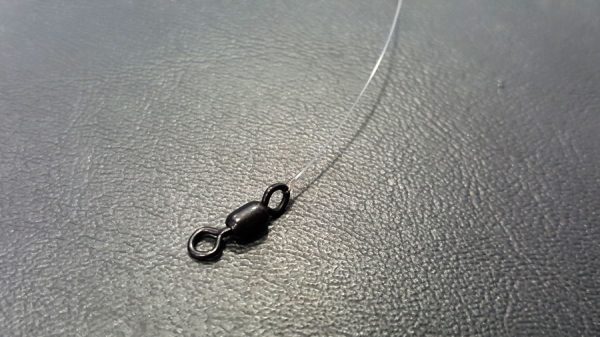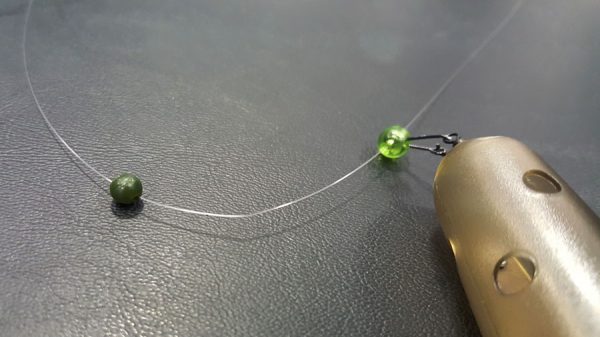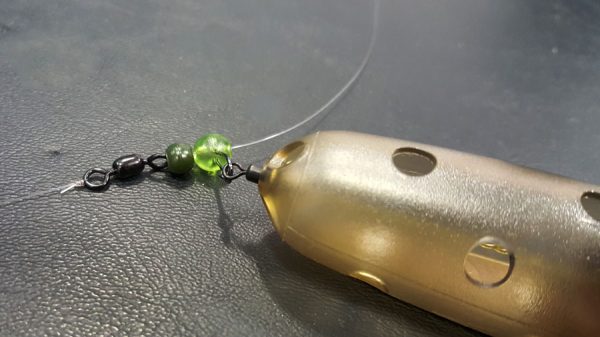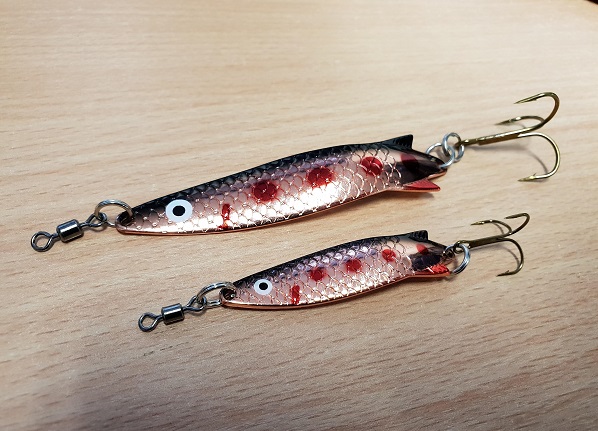The maggot feeder is one of the most versatile and cost-effective feeder rigs available, it can be used to target various freshwater fish species throughout the UK and is one of the most commonly used ledgering tactics for wild brown trout in Scotland.

While the float is certainly the finest way to fish for most species, conditions often dictate that the feeder will be more effective because it enables you to present a hook bait right on the bottom. We recommend using a medium quiver tip rod for the best bite indication. The maggot feeder rig allows you to feed an area over time throughout the session, which in turn attracts fish into the baited area.
Using a mainline between 6 – 8lb will provide you with enough finesse to trick wary fish but still provide enough strength to tussle a wild water specimen. A medium gauge wire hook is used for strength, but in a smaller size to keep it discreet when presented over a bed of maggots. Make the hooklength around about 45cm (18in) in length, this optimum length will limit the chances of tangling on the cast, while still providing a good distance between the hook bait and feeder for the wariest of fish. Maggots are the most reliable of baits and will catch fish of all sizes, including specimens, so as long as your swim choice is right, then plenty of sport should be on the cards. Fish three maggots on the hook and fill the feeder to release a constant trail of enticing loose feed.
TOP TIPS
Remember to clip up on the spool line clip after finding your distance and use a feature on the far bank as a marker. This will ensure your casting to the same area time after time.
We recommend feeding an area regularly. Keep the feed going in every 15 – 20 minutes. When fish start feeding confidently, start reducing the amount of bait your putting into the feeder.
HOW TO TIE A MAGGOT FEEDER RIG
YOU WILL NEED…
- Size 12 to 14 maggot hook
- 10 – 20g medium feeder
- 6lb fluorocarbon hooklength
- Micro swivel
- Rubber beads
- Clip beads
1. Thread the 6lb line through the eye of a size 14 hook and tie with tucked half-blood knot.

2. Tie the other end of the hooklength to a micro swivel. This produces a strong but very lightweight connection with little resistance.

3. Thread the feeder on to the mainline using a clip bead. This helps to reduce resistance and allows you to change the size of the feeder to suit fishing conditions.
4. Slide a small rubber bead on to the mainline. This will buffer the weight of the feeder on the cast and help to reduce tangles.

5. To complete this simple rig, tie the mainline to the micro swivel using a four-turn grinner knot and bait the hook with three maggots.

If you require any more tips or information on feeder fishing, please contact the Angling Active team. We are more than happy to help.

Guru X-Safe Method Feeder
from £2.75Drennan Feeder Bombs
from £1.99Korum Dura Method Feeder and Mould
from £4.99Guru Hybrid In-Line Feeder
from £2.75Kamasan Black Cap Feeders
from £1.99Preston Innovations ICS Elasticated Dura Banjo Feeders
from £2.97













